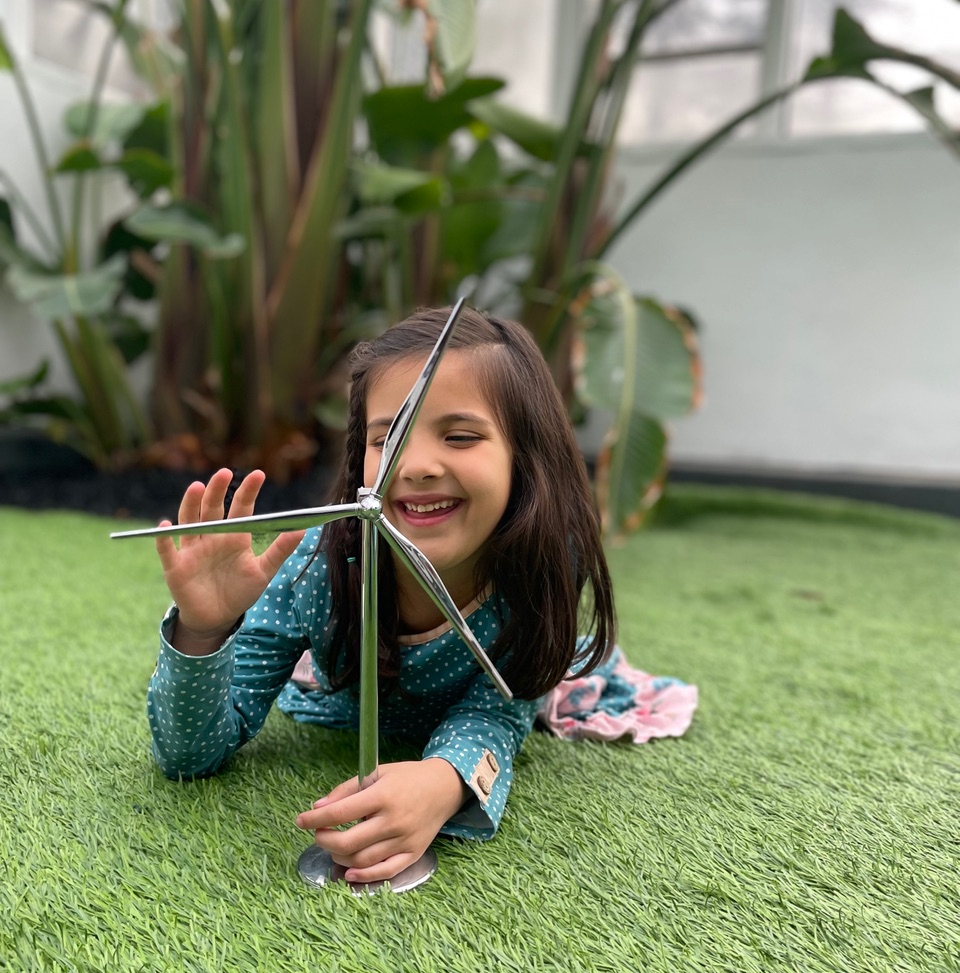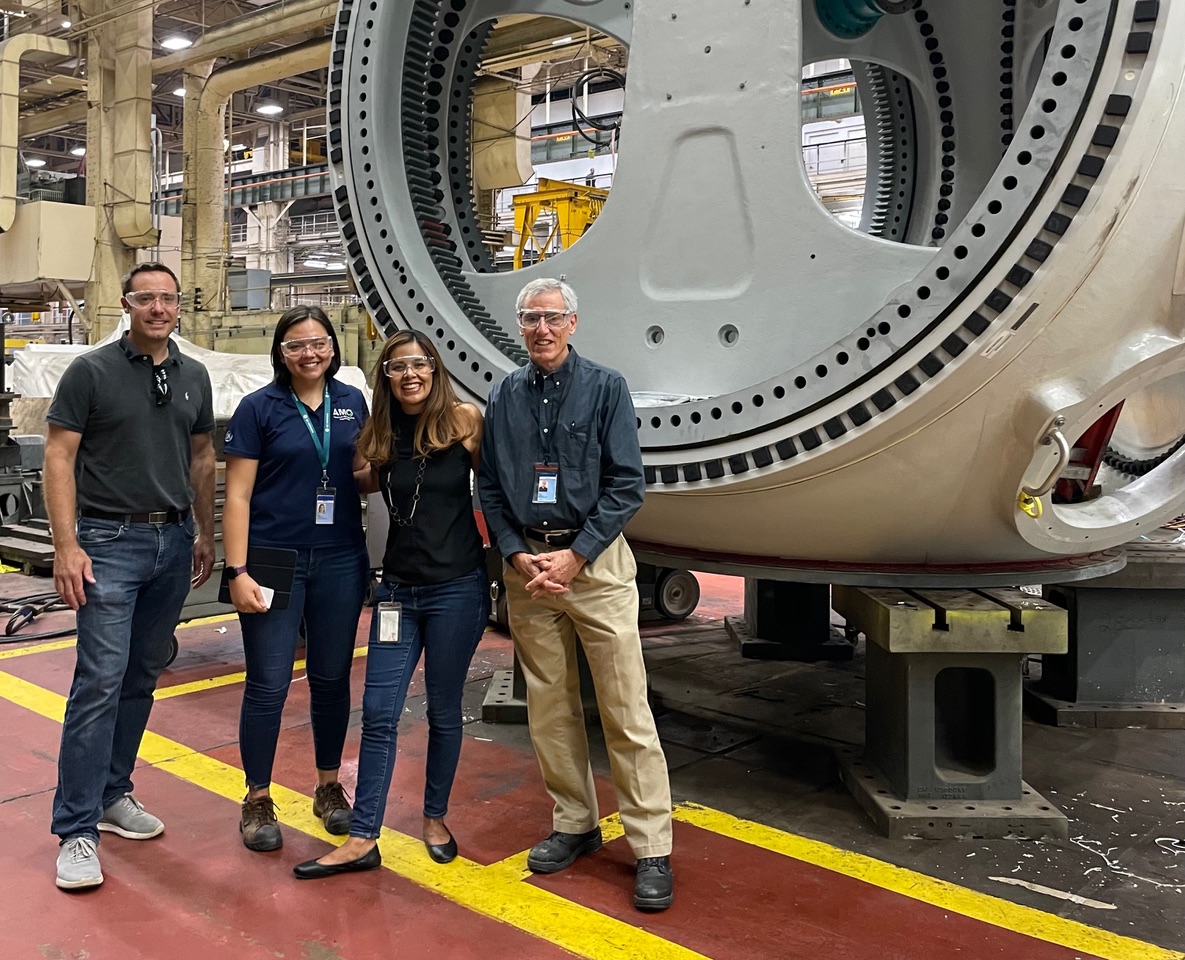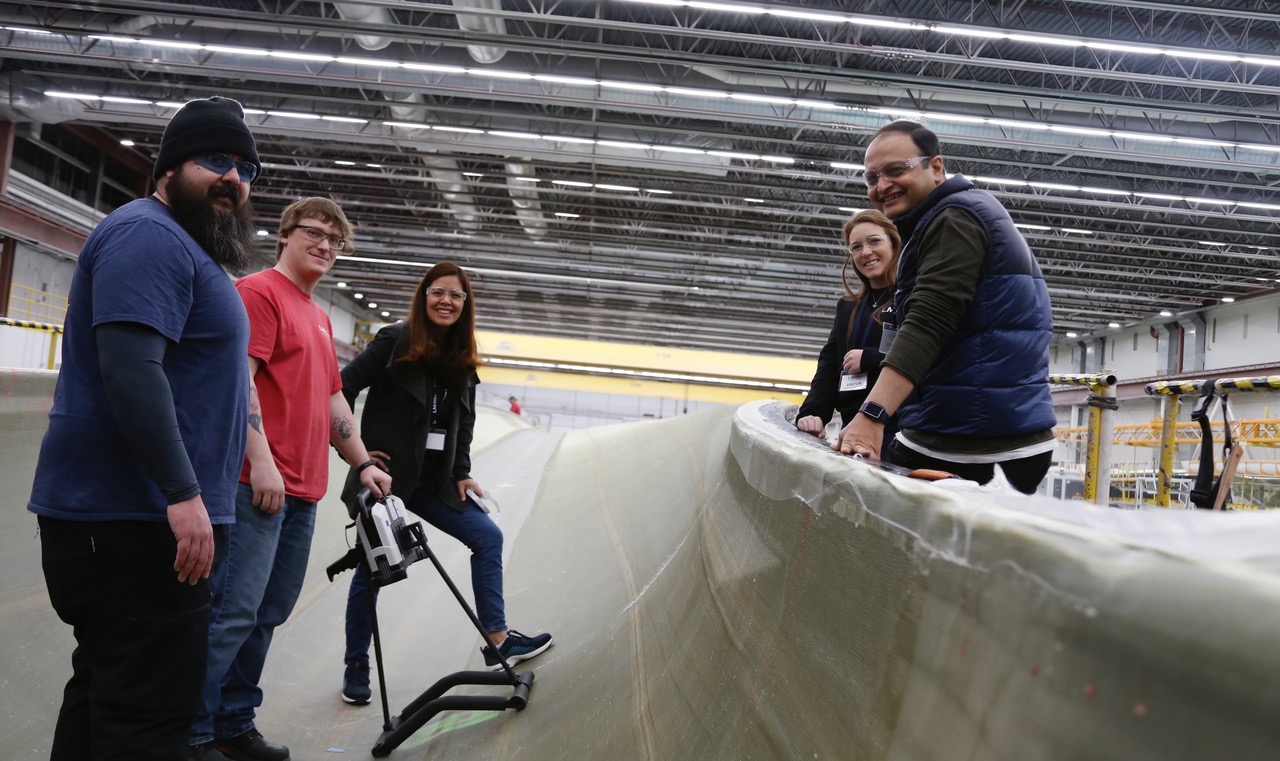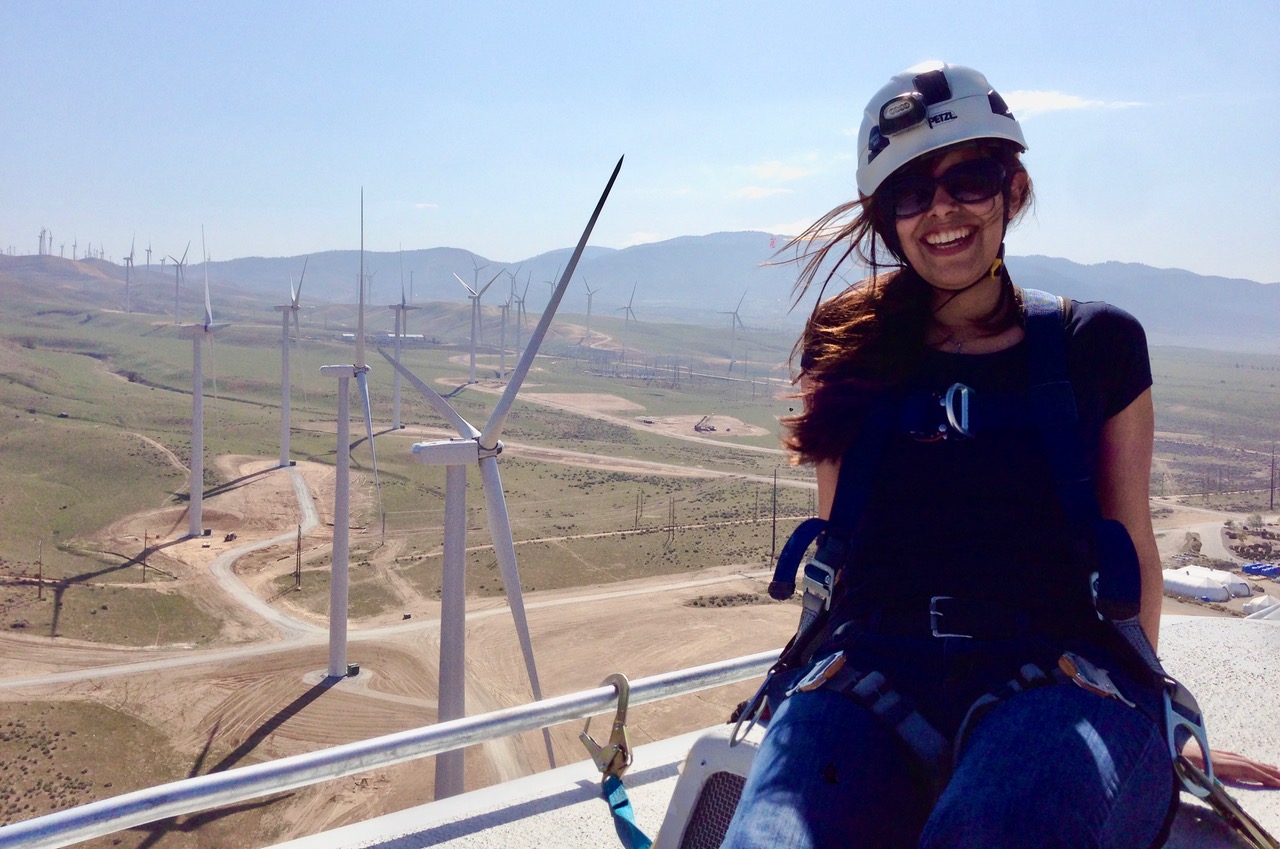Like most teenagers, Veronica Barner used to act out. Growing up in Bolivia in the late 1990s with two chemical engineers for parents, she would tell her friends that she was going to be a doctor, not an engineer. “That was my rebellious phase,” says Barner, who eventually realized her true calling and is now the head of research and development for Renewable Energy at GE Vernova.
Barner hails from Cochabamba, also known as the City of Eternal Spring, nestled in a picturesque valley in the Andes. But life was tough for most Bolivians at the turn of the millennium, with more than half the population living in extreme poverty. The 14-year-old Barner, a self-described “problem solver,” spent her free time in Cochabamba’s hillside towns, helping local children with their reading, writing, and arithmetic. “It is hard not to fall in love with these children,” she says. But it troubled her that the families living in the makeshift homes had no electricity.
Then the razor-sharp teen had something of an epiphany: It was a lack of power that caused so many other deprivations. “I began to think about all the implications of not having power,” she says, citing barriers to economic inclusion, healthcare, and education. “It wasn’t just a huge problem for my small town in Bolivia, but for people all over the world.” And just like that, Barner’s vocation became crystal clear: power the planet.
Barner is answering that call. She’s about to chalk off her 12th year at GE Vernova, having won a place in a leadership program in July 2012. Her day-to-day work gives her a role in the global energy transition. GE Vernova’s installed technology base, which includes around 56,000 wind turbines and 7,000 gas turbines, helps to generate approximately 25% of the world’s electricity.
Barner is proud of her achievements as a woman working at the very top of the engineering profession, but she’s not sitting on her laurels on International Women in Engineering Day. “It’s important to commemorate this day, but we still have a lot of work to do,” she says. One statistic still bothers her, and that’s the low proportion of women engineers. “Last time I looked, it was just 15%, which is not enough diversity to solve the world’s biggest challenges,” she says.
In her own household, that’s something she’s trying to change. “I’m constantly trying to expose my daughter Abigail to STEM-related activities,” she says. Abigail, who is now about the same age as the children Barner used to teach in Bolivia, is not just a constant reminder of her purpose but a huge source of inspiration in her pursuit. “I want my children to experience a better world, where everyone has the same opportunity to prosper, regardless of gender or geography,” she says.

Barner also harnesses inspiration from her community. In her free time she teaches children from various local schools in upstate New York about how engineers apply basic math and physics concepts to extract energy from the wind. “Most kids don’t have the opportunity to interact with engineers, let alone female ones. I want to show them that engineers are not always men with calculators in their pockets, but an engineer can look like me,” she says.
Early Days
Barner had her first brush with her future employer in 2001, when she spent a year as an exchange student at a high school in Ballston Spa, New York, just a few miles north of Schenectady. “The Thomas Edison legacy is still very much alive there,” she says. It became her dream to work at GE. But a few years of adversity lay between Barner and that ambition.
In 2007, she graduated from a Bolivian university with an engineering degree and moved to New York. Although she sent out “hundreds and hundreds” of job applications for engineering roles, she didn’t receive a single call back. Deciding she needed a “more recognized engineering school” on her résumé, Barner enrolled in a master’s program at Union College, in Schenectady, in 2010.
Her luck began to change. As she was finishing her master’s, GE launched its first leadership program for renewables. By some twist of fate, their invitation for applications landed on the dean’s desk. “Back then, GE didn’t typically recruit at Union for experienced leadership programs, but at other Ivy League schools,” remembers Barner. The school’s dean, who’d been a valuable ally throughout her course, wrote her a letter of recommendation. She won a place in the prestigious program.

Industry Leader
Barner has rapidly climbed the ranks at GE Vernova. She’s just returned from the ARPA-E Energy Innovation Summit in Dallas, where she wore three hats: expert panelist on sustainability and circularity, company ambassador, and industry motivator. “We introduced GE Vernova as a new, purpose-built company,” she says. “We also urged delegates to show leadership and accountability regarding the energy transition.”
She’s become an authoritative voice warning about the pace of progress in the renewables industry. For example, the global wind sector is set to grow up to six times faster over the next 20 years than it did in the previous two decades. “Imagine what that means for our manufacturing capabilities and capacity, or our ability to transport, install, maintain, and service all those turbines,” she says.
As the industry scales up, Barner is urging her peers to leverage technology to ensure there won’t be any compromises on quality and reliability. “We can harness a combination of intelligent machines and AI to help improve the capabilities of our operators on the factory floor or out in the field,” she says.
The U.S. energy sector also needs to accelerate to keep pace with Europe on conservation, which Barner defines as an ability to innovate more while using fewer natural resources. “We can’t be too passive and wait for economic incentives and the right policies,” she says. “It requires us to lean in, even if it means making voluntary pledges on the sourcing of recycled materials and so on.”
But the spirit of scientific curiosity still burns in Barner. Attending ARPA-E events, she says she feels like a kid in a candy store. “It’s the epicenter of technology breakthroughs for the energy transition,” she says. “You see a bit of everything,” she adds, citing cutting-edge building materials, the latest carbon capture technology, and floating foundations for wind turbines.
A Man’s World?
Several years ago, during an online meeting, Barner remembers a colleague asking her if she had microphone issues, because he’d noticed some male participants failing to pay attention. (It turned out her technology was fine.) Being the only woman in the room is something she wants to change. She finds herself “instantly connecting” with other women engineers, because there’s a mutual understanding that they, too, have had to navigate what has for too long been a man’s world.

Barner is not championing more women in engineering for its own sake, but because she witnesses the power of diversity every single day. “We’re lucky to have a great mix of men and women at GE Vernova from different backgrounds,” she says. “Sometimes we lock ourselves in a room with nothing but a whiteboard, and there’s this amazing feeling we can solve any problem.”
As if to prove it, the village where Barner used to spend her childhood days is no longer an off-grid backwater, but a thriving, modern village with a power connection in every household. “Now the power is on every time those children flick a switch. We might take that for granted in the U.S.,” she says, “but to have it there is just amazing. It makes all the hard work worth doing 100 times over.”
Watch this video of GE Vernova’s team of women engineers sharing their experiences and insights on what it's like to do their job.
Related: Blade Runners: GE Vernova Is Deploying AI-Enabled Machines to Boost Wind Turbine Blade Quality
